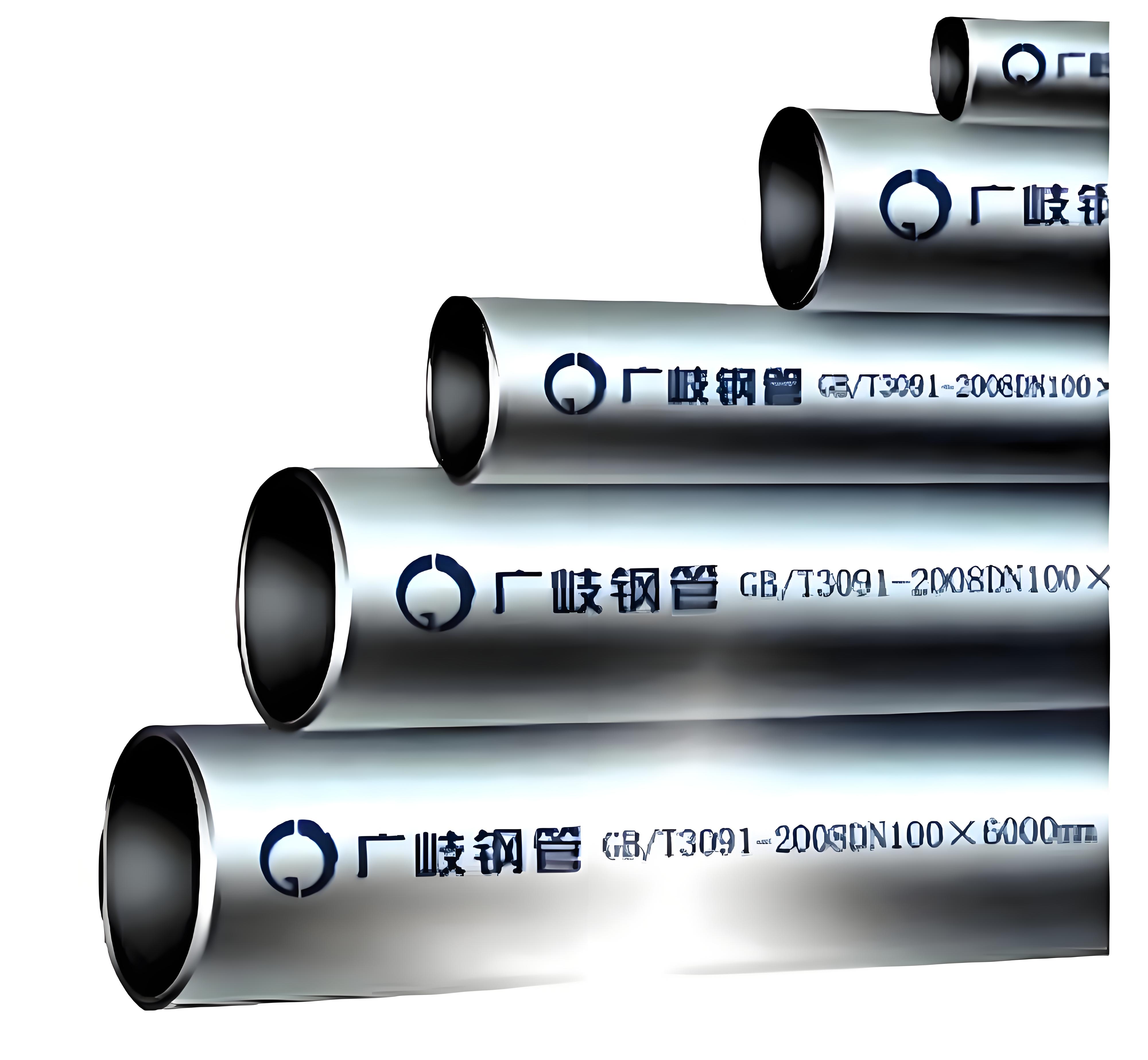The Breathability of Concrete Slabs: Understanding Moisture Dynamics in Construction
When it comes to construction, the materials we choose play a pivotal role in the longevity and performance of a structure. Among these materials, concrete is one of the most widely used due to its strength, durability, and versatility. However, a common question arises among builders, architects, and homeowners alike: Does a concrete slab need to breathe? This inquiry delves into the complexities of moisture management, structural integrity, and the overall health of a building. In this article, we will explore the concept of breathability in concrete slabs, the implications of moisture retention, and best practices for ensuring optimal performance.
Understanding Concrete and Its Properties
Concrete is a composite material made from cement, water, and aggregates. Once mixed and cured, it forms a solid mass that is both strong and durable. However, concrete is not impervious to moisture. It is a porous material, which means it can absorb and retain water. This characteristic raises concerns about whether concrete slabs need to breathe to maintain their integrity and prevent moisture-related issues.
The Concept of Breathability
In construction terminology, breathability refers to the ability of a material to allow moisture vapor to pass through it. While concrete itself does not breathe in the same way that organic materials do, it does interact with moisture in its environment. The question of whether a concrete slab needs to breathe is closely tied to the management of moisture within and around the slab.
Moisture Dynamics in Concrete Slabs
- Moisture Absorption and Evaporation: Concrete slabs can absorb moisture from the ground, especially if they are in direct contact with soil. This moisture can lead to problems such as efflorescence, mold growth, and structural damage over time. Conversely, if a slab is too dry, it can lead to cracking and other forms of deterioration.
- Vapor Barriers: To manage moisture effectively, builders often install vapor barriers beneath concrete slabs. These barriers are designed to prevent ground moisture from penetrating the slab, thereby reducing the risk of moisture-related issues. However, the effectiveness of vapor barriers depends on proper installation and the specific environmental conditions.
- Ventilation: In some cases, especially in crawl spaces or basements, proper ventilation is crucial. Ventilation allows for the exchange of air, which can help control humidity levels and reduce the risk of moisture buildup. However, excessive ventilation can also lead to temperature fluctuations that may affect the slab's performance.
The Importance of Proper Drainage
One of the most critical aspects of managing moisture around concrete slabs is ensuring proper drainage. Poor drainage can lead to water pooling around the foundation, increasing the risk of moisture infiltration. Here are some strategies to enhance drainage:
- Grading: Ensure that the ground slopes away from the foundation to direct water away from the slab.
- French Drains: Installing French drains can help redirect groundwater away from the slab, reducing moisture exposure.
- Gutters and Downspouts: Properly installed gutters and downspouts can prevent rainwater from accumulating near the foundation.
Best Practices for Moisture Management
To ensure that concrete slabs perform optimally and do not suffer from moisture-related issues, consider the following best practices:
- Use High-Quality Materials: Selecting high-quality concrete mixes with appropriate additives can enhance moisture resistance.
- Implement Effective Curing Techniques: Proper curing of concrete is essential to minimize shrinkage and cracking, which can create pathways for moisture infiltration.
- Regular Inspections: Conduct regular inspections of the slab and surrounding areas to identify any signs of moisture problems early on.
- Consider Climate Factors: Take into account the local climate when designing and constructing concrete slabs. In humid environments, additional moisture control measures may be necessary.
Conclusion
In conclusion, while concrete slabs do not breathe in the traditional sense, managing moisture is crucial for their performance and longevity. Understanding the dynamics of moisture absorption, the role of vapor barriers, and the importance of drainage can significantly impact the health of a structure. By implementing best practices for moisture management, builders and homeowners can ensure that their concrete slabs remain durable and resilient against the challenges posed by moisture. Ultimately, the question of whether a concrete slab needs to breathe is less about the material itself and more about how we manage the environment around it.

